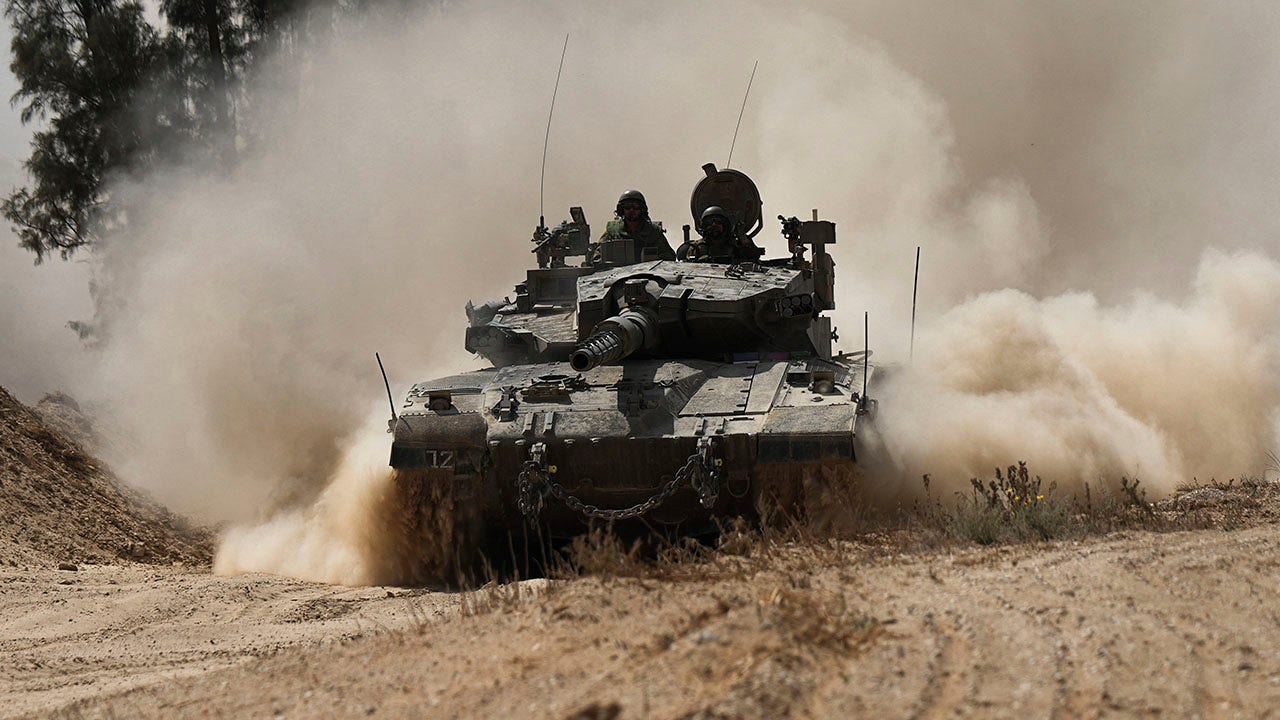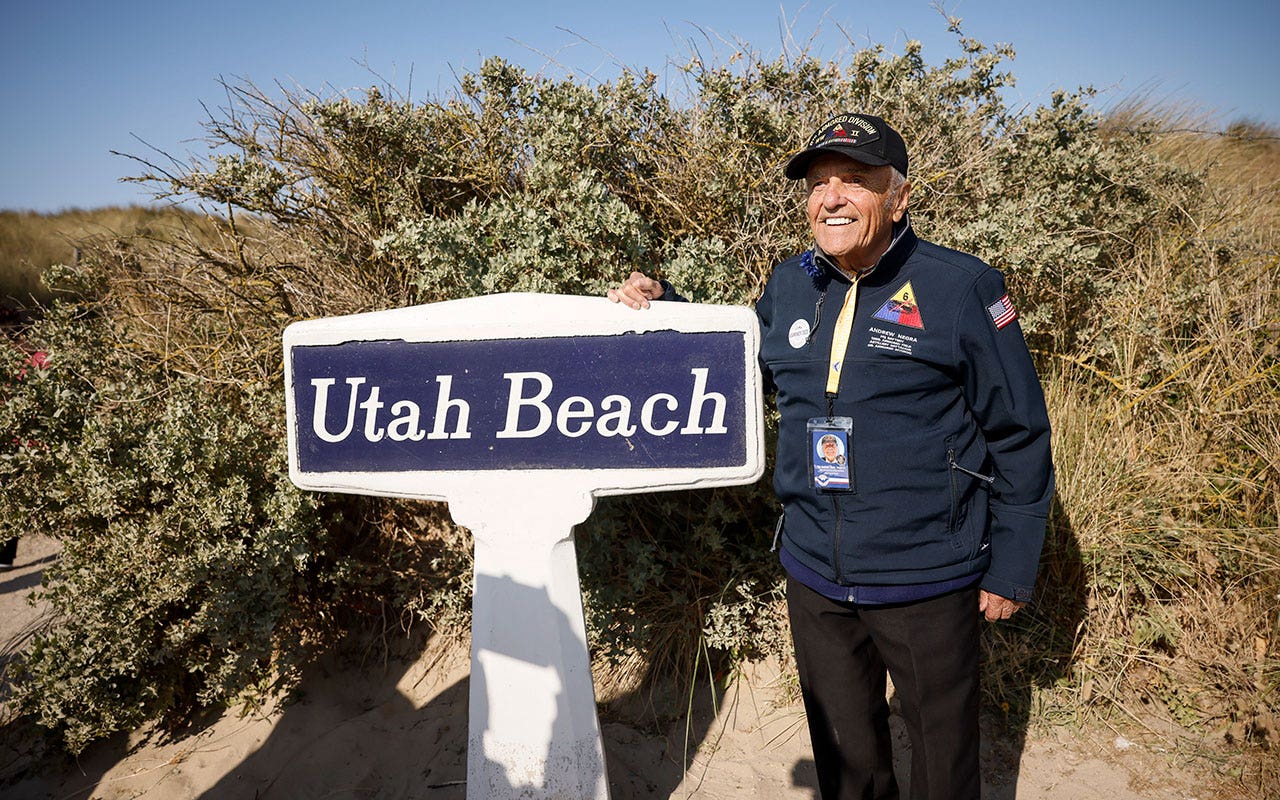Talks involving Israeli and Hamas negotiators on a cease-fire and hostage release deal remain snagged over whether a truce would be permanent or temporary, and how many hostages would be freed in the first phase of an agreement, officials briefed on the matter said.
Israel and Hamas representatives left Egypt on Thursday after the latest round of indirect talks — they do not communicate with each other directly — without any deal in sight, the officials said. But U.S., Egyptian, and Qatari teams were still holding further discussions in Egypt.
Hamas is still demanding that Israel abide by a permanent cease-fire and completely withdraw from Gaza as part of any truce, said Mousa Abu Marzouk, a member of Hamas’s political leadership. Prime Minister Benjamin Netanyahu of Israel has said Israel cannot end the war as long as Hamas’s rule in Gaza remains intact. On Friday, Hamas declared that Israel’s rejection of a framework that Qatar and Egypt had proposed, and Hamas had approved, had “brought matters back to square one.”
Mr. Abu Marzouk added that another obstacle in the talks is how many living hostages held in Gaza would be released during the first phase of a multistage cease-fire. His account was confirmed by an Israeli official and another official briefed on the negotiation. Both spoke on condition of anonymity to discuss sensitive diplomatic negotiations.
Palestinian armed groups still hold approximately 132 hostages in Gaza, the vast majority of them seized during the Hamas-led attack on Oct. 7, according to the Israeli authorities. But Israel says it has also determined that at least 36 of them are dead.
Israel had initially demanded that Hamas release 40 hostages in the first phase of a cease-fire, including old captives, ill people and women, both civilians and soldiers. Male Israeli soldiers, seen by Hamas as higher-value captives, would be released in the second phase of the truce.
A recent Israeli proposal made a concession, reducing the number of living hostages Israel was demanding to 33 during the first tranche, according to the officials familiar with the talks.
On Monday, Hamas told negotiators it did not have enough living hostages for the first phase of agreement and said the 33 turned over would include both living hostages and the bodies of those who had died in captivity, two U.S. officials said on condition of anonymity because they weren’t authorized to speak publicly.
But during this week’s meetings in Egypt — mediated in part by William J. Burns, the C.I.A. director — the Israeli negotiating team said that Hamas must release 33 living hostages during the first phase, said Mr. Abu Marzouk, the senior Hamas official, and one of the officials briefed on the talks. If the group could not muster that number, Israel demanded they release some captive Israeli male soldiers as well, said Mr. Abu Marzouk.
On Friday, Egypt’s Foreign Ministry said both Israel and Hamas needed to “show flexibility” in the talks so as to “reach an agreement for a truce that would put an end to the humanitarian tragedy.”
Aaron Boxerman contributed reporting.






